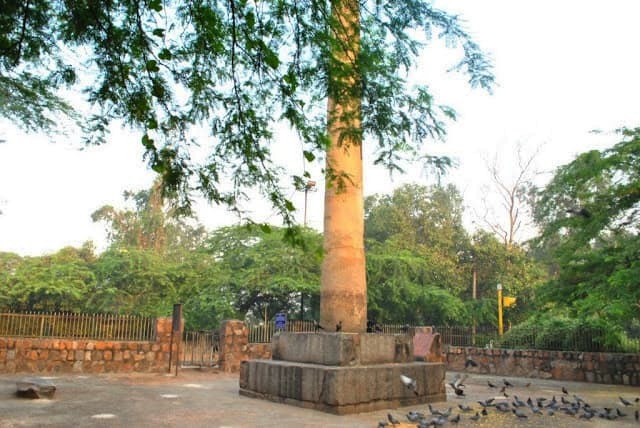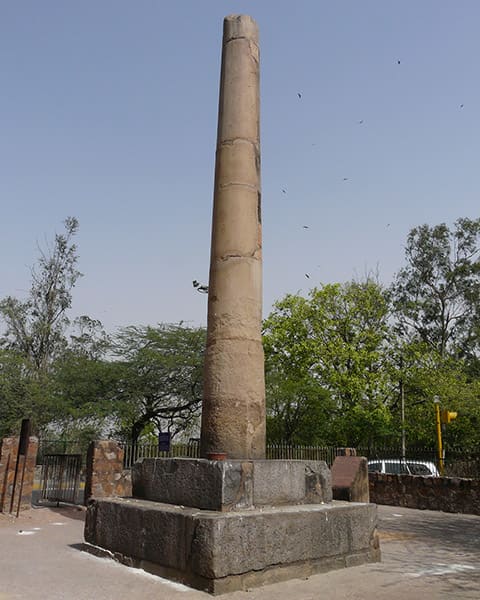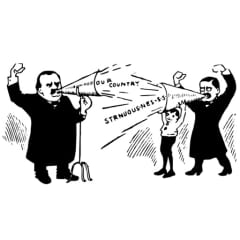 Delhi
DelhiSurviving As A Historical Relic Since The 13th Century, Here's All About The Ashokan Pillar
Picture Credits: Ashok Tapase
Apart from the Sultanate, the Mughals and the Colonial Rule, Delhi’s history before Prithviraj Chauhan (Rai Pithora) is comparatively sketchy, perhaps because unlike post-12th century, it was not the centre of all the political on-goings in the sub-continent. Ashoka was the fourth ruler of the Mauryan Dynasty and the grandson of Chandragupta Maurya, founder of the empire. As part of ruling and vastly expanding the Mauryan Empire from 269 BC-232 BC, he was one of the most influential rulers of ancient India; his repentance after the Kalinga massacre and subsequent conversion to and propagation of Buddhism is legendary.
Though very little of the Ashokan heritage remains in present day Delhi, the monuments have been carefully conserved through the ages, even by the respective rulers of the Delhi Sultanate. The Ashokan edicts are a repository of Lord Buddha’s teachings created by Ashoka and placed all across the country.
A Brief Background

Ashoka's Pillar at Kamla Nehru Ridge, near Hindu Rao hospital, is one of the two brought in by Firoz Shah Tughlaq in the mid-13th century. Brought from Meerut after one of his campaigns, the pillar was transported meticulously through the Yamuna river on barges and then hauled up on a 42 wheel cart from the bank to the ridge. Another of its counterparts can be found in the urban village of Firoz Shah Kotla.
The Structure Itself
The construction is mostly made of sandstone, quarried from Chunar town in Mirzapur, Uttar Pradesh, presently another small town (known for its pottery) on the Indo-Gangetic belt but historically a very important destination, finding mention in the ancient Hindu Puranas (scriptures). Huge rock slabs were chiseled at the quarry and then sent across the country. The pillar suffered an accident during the tumultuous reign of the Mughal Emperor Farrukhsiyar during the first half of the 17th century. The top of the pillar which got blown off as a consequence still remains in-state as a result. The pieces of the pillar were transported for safekeeping to the Asiatic Society of Bengal, Calcutta in 1866, but were brought back and restored in its original place in 1887, where it still stands today.
The Inscriptions

The pillar is about 10 feet in height with a diameter of about three quarters of a metre and features inscriptions in Brahmi Script; mostly focusing on Ashoka’s major propaganda, viz, his conversion to and propagation of Buddhism and social and animal welfare. Further studies have revealed later inscriptions in Sanskrit around Ashoka’s texts, assumed to date back to the rule of the Chauhan King Visala around the 11th century AD. Firoz Shah himself added some bits of decoration to the pillars later.
The pillar is located at one end of the Kamla Nehru Ridge in North Delhi, with Mutiny Memorial situated nearby. Keep a map handy as not many people are aware of the pillar’s significance and regard it is a vantage point for feeding pigeons.
You must head on over if you wanna call yourself a true-blue Delhiite!
Like
Bookmark
Share

